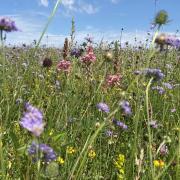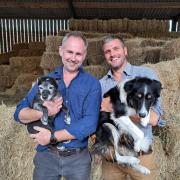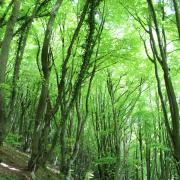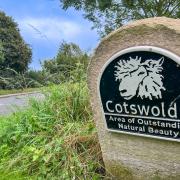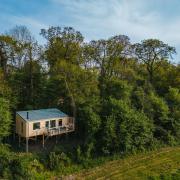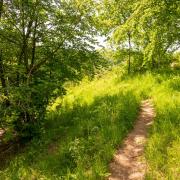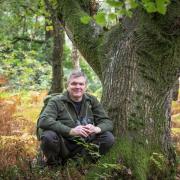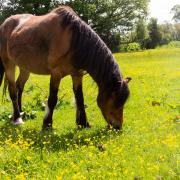Oaks from the Blenheim’s Estate’s ancient woodland are being used to build an authentic Saxon house as part of a major historic reconstruction.
Selected trees from the Oxfordshire UNESCO World Heritage Site’s woodlands will be picked to create timbers for the replica Saxon dwelling, which is being constructed at Cogges Manor Farm in Witney. The Blenheim Estate is home to the greatest collection of ancient oak trees anywhere in Europe according to new research. It is thought that a centuries-old area of the estate, called High Park, was originally created by King Henry I as part of a royal deer park in the 12th century. Around 90% of the woodland is made up of oak trees and it is believed that at least 60 of these oaks date back to the Middle Ages.
Head of operations at Blenheim Palace and Trustee at Cogges Manor Farm, Emily Spencer, says, ‘It is brilliant for Blenheim to be able to use our Estate as a resource for another great local enterprise to utilise.
‘We are really excited to see how the construction goes and can’t wait to see the final product, we feel very honoured to be involved in such a fantastic project.’

Individual younger trees have been selected for felling which will provide the correct width and length of timber.
‘We have been working with McCurdy & Co, the timber-frame building specialists who built the Globe Theatre in London, to select specific trees for the project at Cogges,’ says Blenheim Estate’s rural manager Nick Baimbridge.

‘The trees we have chosen are ones that are growing quite closely together and the extra space created by their felling will give the surrounding trees more space to mature over the coming decades and centuries,’ he adds.
High Park is a type of habitat known as wood-pasture in which ancient and veteran trees mingle with smaller growing trees, shrubs, woodland and grassland and in which the impact of grazing and browsing animals – including a herd of ancient British white cattle – plays an important role.
READ MORE: Rewilding on the Blenheim Estate.
This complex mosaic of habitats supports a wide range of plants and animals including specialist insects that rely upon decaying wood for their survival. Wood pasture is a rare habitat nationally, and High Park has been designated a Site of Special Scientific Interest.
Melanie Marsh, director of Cogges, says, ‘It’s been a privilege to work with Blenheim and benefit from Nick’s invaluable experience managing the ancient woodland. We’re very grateful to Blenheim for donating the oak trees in support of this important community project and we look forward to progressing the build with Cogges volunteers in the coming months.’

According to an archaeological evaluation completed on behalf of Oxfordshire County Museum, excavations beneath Cogges Manor House discovered a sunken-featured building of early Anglo-Saxon date. Project managed by Chana Projects, once built, the Cogges Saxon House will provide a unique learning space for schools and Anglo-Saxon related crafts and activities.







